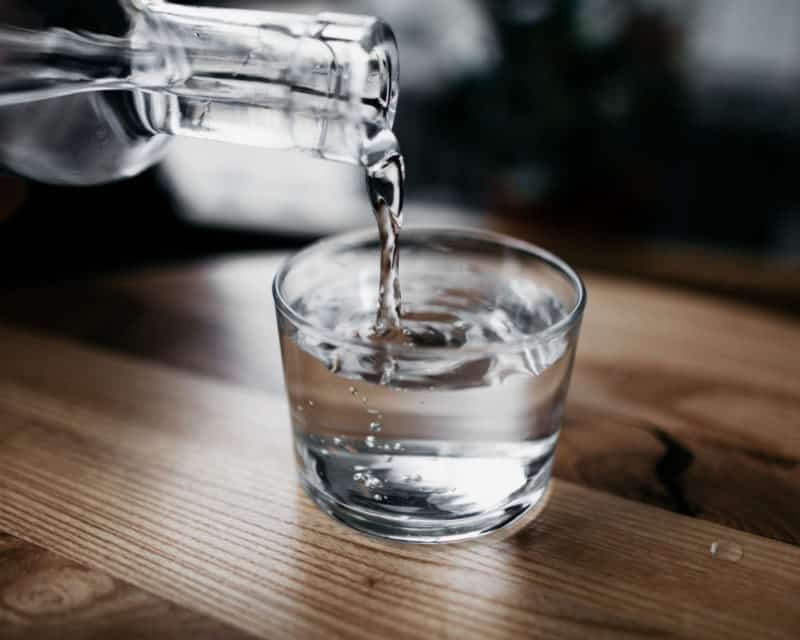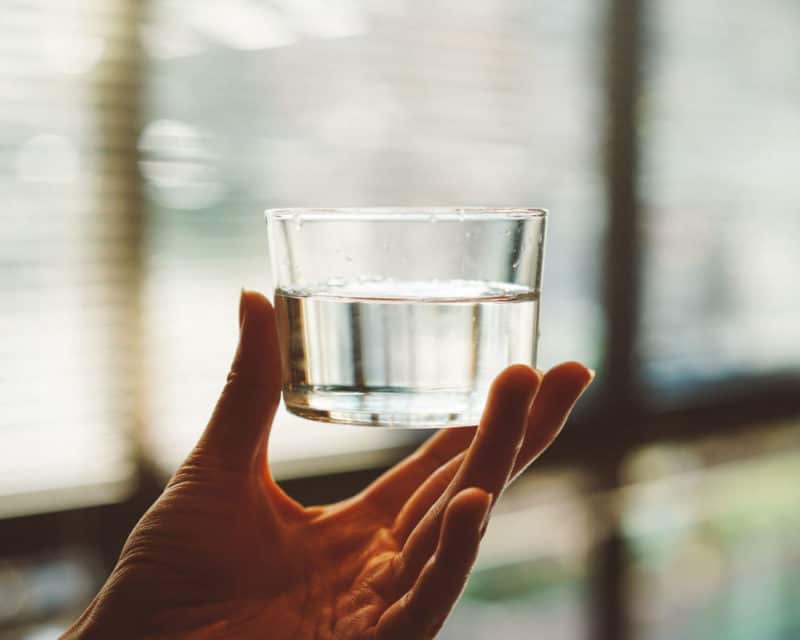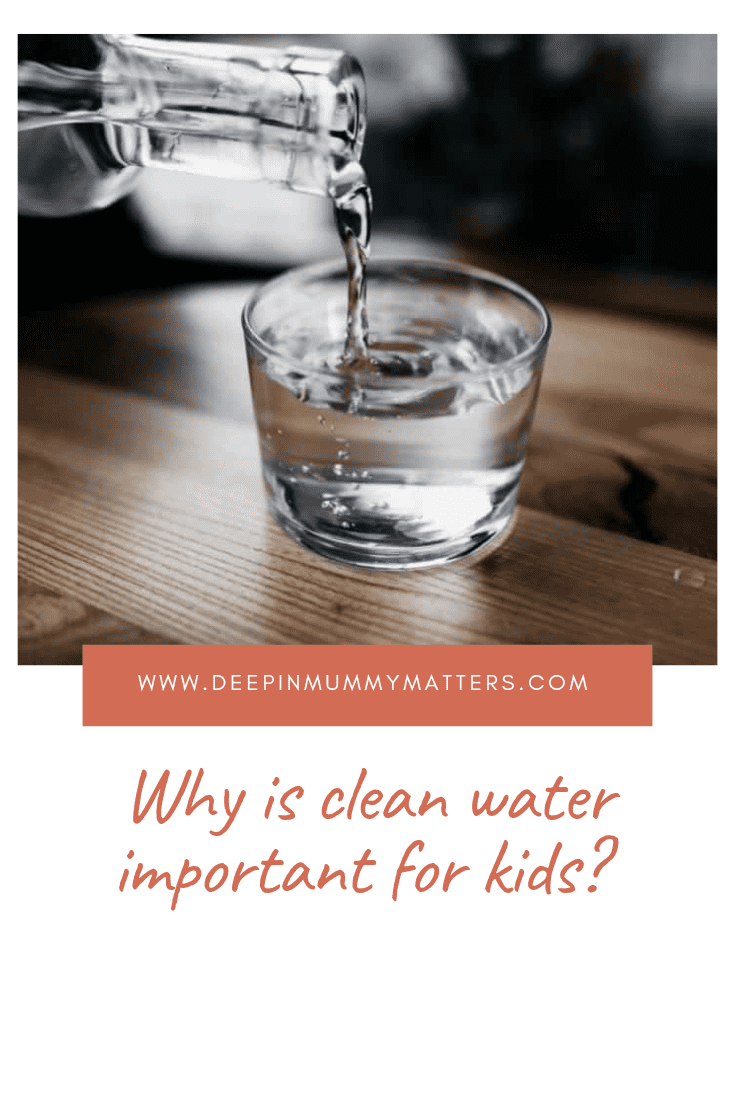Water is an essential element that plays a vital role in our life. Our bodies are made of about 70 per cent water, making a majority of our blood, digestive juices, sweat, and needed for our organs and muscle cells to function.
Why is Water Important?

Water is needed to metabolize fuel, regulate body temperature, and even for digestion purposes. Water enables our bodies to carry out all of its functions throughout the day, and it can be lost through urine, sweat, tears, and even through breathing. Children tend to lose more water throughout the day, which is why they need to be rehydrated regularly.
Importance of Clean Water for Children
As discussed above, clean water is essential for growing children as it satisfies their thirst and replaces lost fluids. Recent studies have proven that drinking water is better than drinking fruit juices, sodas, sweetened powdered drinks, and sports drinks with added electrolytes as a source of hydration. Other than infants in their first year of age, you should strive to provide clean water for your child throughout the day.
In addition to drinking water, good quality water is also necessary for bathing and washing clothes. Harmful waterborne contaminants can build upon a child’s skin and hair, triggering allergies, asthma, and other illnesses. Unfortunately, such pollutants are often invisible to the naked eye; they also don’t emit smell or taste.
How Much Water Do Children Need?

There’s no specific amount of water that every child needs to follow as the amount of water a child need is influenced based on their daily activity, weather temperature, diet, and health. As a general guide, children p to 8 years of age should have a minimum of 4 to 5 cups of water a day. Children above eight years old will need 6 to 8 cups of water a day.
Contaminated Water is Harmful to Children
Contaminated and poor-quality water is not suitable for anyone, but they’re harmful to young children. Because of their smaller size, their bodies are more vulnerable to the ill effects of accumulated contaminants in dirty water than adults.
Children younger than five only comprise 10% of the world’s population. Still, they comprise 40F of those suffering from physical illnesses associated with water contamination, such as diarrhoea, dehydration, asthma, allergies, and lead poisoning. There has also been a cancer link to water contamination.
How to Check Water Quality Standards?

The EPA’s standards are used for public water systems in the US that state the Maximum Contaminant Levels (MCLs). MCLs have been adopted for more than 80 different microbial contaminants, chemicals, and radionuclides. The EPA also states other standards for the protection of drinking water sources and a water treatment system to increase the safety of drinking water.
To check how clean your city water supply is, you can request annual reports from your local water agency to check that everything is in order. You can also conduct a water quality check via a simple home test kit.
Other Ways Contaminants Can Enter Your Water Source
Yes, you can get the annual reports from a local water agency, but you should know that the report is only for the quality of water exiting their facility. There’s no way to control contaminants that enter your water while on its way to your house.
According to an investigation conducted between 2004 and 2009, chemical companies often violate the Clean Water Act as they release or dump water that contains dangerous chemicals into our water source. Some chemicals even dump cancer-causing agents into drinking water supplies and fail to report dangerously high chemicals or other pollution levels.
Other severe instances of chemical contamination involve 50% of the nation’s community water systems. Other than that, your local water supply can also be contaminated by runoff from farming and other industries, such as companies emptying antibiotics, hormones, and pesticides into local water sources.
In addition to city water, another primary water source is household wells that provide water to about 15% of families in the US alone. Private wells are also vulnerable to many water contaminants, including bacteria, methane, pesticides, and heavy metals.
This is why many parents do not entirely depend on federal, state, or municipal officials or routine personal well testing to ensure their families consume safe and healthy water. It is essential for every household to take responsibility for the cleanliness and safety of their water supply to safeguard everyone’s future; therefore, I would suggest investing in a reliable and high-quality whole house water filter.

